Ski: 2022-2023 Majesty Dirty Bear XL, 186 cm
Test Location: Crested Butte Mountain Resort, CO
Days Skied: 7
Available Lengths: 162, 168, 174, 180, 186 cm
Blister’s Measured Tip-to-Tail Length (straight-tape pull): 184.5 cm
Stated Weight per Ski: 2000 grams
Blister’s Measured Weight per Ski: 1960 & 1962 grams
Stated Dimensions: 140-105-130 mm
Blister’s Measured Dimensions: 139.4-104.6-129.5 mm
Stated Sidecut Radius (186 cm): 21 meters
Measured Tip & Tail Splay (ski decambered): 59 mm / 51 mm
Measured Traditional Camber Underfoot: 1.5 mm
Core Materials: poplar/ash + fiberglass laminate
Base: sintered IS7200
Factory Recommended Mount Point: -3.95 cm from center; 88.3 cm from tail
Boots / Bindings: Tecnica Mach1 MV 130, Atomic Hawx Ultra 130 / Tyrolia Attack 13

Intro
The 99mm-wide Dirty Bear held a place for many years in Majesty’s “freeski” collection, but for the 2022-2023 season, they opted to split the ski in two, with the 90mm-wide Dirty Bear Pro serving as their park-oriented option, and the 105mm-wide Dirty Bear XL filling in the wider, all-mountain-freestyle spot.
Like the original, though, the Dirty Bear XL still stands out from its playful peers in a few interesting ways, and now it’s time for us to chime in on this new ski.
What Majesty says about the Dirty Bear XL
“The award winning Dirty Bears got bigger! Why? Because it is time to mix it up, expand your horizons and look beyond the in-run to the jump line. You value skiing the entire mountain and you turn natural terrain into your own park. The new Dirty Bear XL is a fun, all-mountain freestyle ski that offers great skiing experience in all snow conditions and terrain. It delivers great performance and stability in deep snow and on hard pack. With the 105 mm underfoot wide platform comes a lot more versatility and a lot more bite that will take you places where the old-school narrow twin tips won’t. This modern construction delivers fun, predictability and stability in turns. The revolutionary 4Radius rocker and 4Radius sidecut design is what makes the difference.”
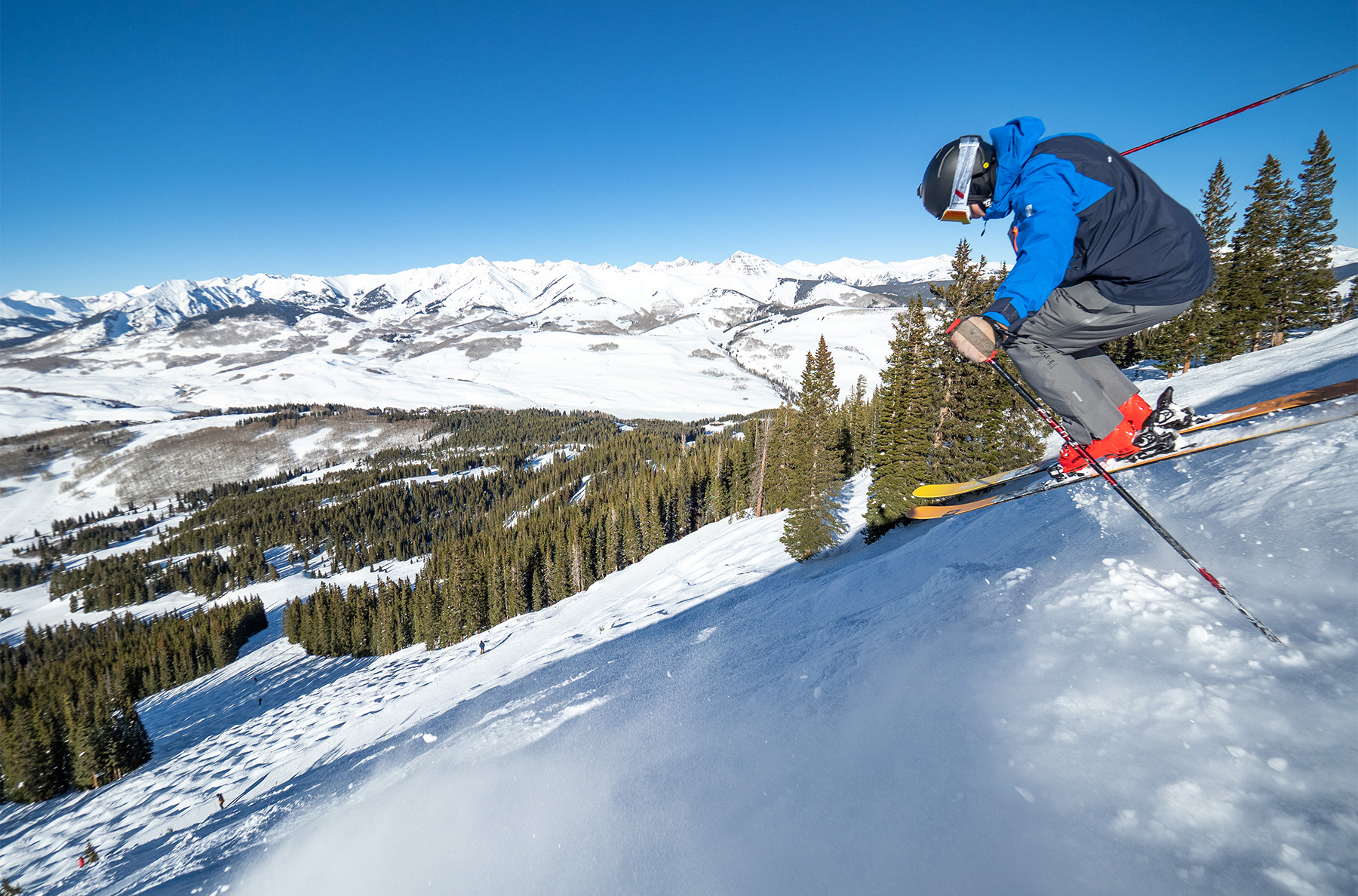
Shape / Rocker Profile
The Dirty Bear XL’s rocker profile looks pretty normal when compared to other freestyle-minded skis around the same width. It has fairly deep tip and tail rocker lines, a long section of (fairly low) camber around the middle, and a pretty symmetrical, twinned tail rocker profile.
However, the Dirty Bear XL’s shape is much less typical; the ski has an extremely long effective edge, with almost no early tapering at the tips and tails. So, while the contact length is a bit shorter than average when skiing bases-flat, you’ve got a lot more of the ski to leverage when carving it on edge. That combo produces some of the Dirty Bear XL’s most notable characteristics.
Flex Pattern
Here’s how we’d characterize the flex pattern of the Dirty Bear XL:
Tips: 6
Shovels: 6-6.5
In Front of Toe Piece: 7-10
Underfoot: 10
Behind the Heel Piece: 10-9.5
Tails: 9-6.5
The Dirty Bear XL feels quite stiff through its cambered section, but the rockered portions of the ski are pretty soft, and on snow, that’s more apparent than you might think, just looking at our numbers (more on that below).
Sidecut Radius
At 21 meters for the 186 cm length we’ve been testing, the Dirty Bear XL’s stated sidecut radius is pretty standard for this class, if not slightly on the longer end of things.
Mount Point
The Dirty Bear XL’s recommended mount point is right around -4 cm from true center, which is pretty close to the middle of the ski. We’ve been testing it with the bindings mounted on that line, as well as slightly farther back, which we’ll expand upon later in this review.
Weight
The Dirty Bear XL is pretty light for its size, coming in just under 2000 grams per ski for the 186 cm length. That’s by no means wildly lightweight these days, but the Dirty Bear XL definitely sits on the lighter end of the spectrum.
For reference, here are a number of our measured weights (per ski in grams) for some notable skis. Keep in mind the length differences to try to keep things apples-to-apples.
1800 & 1804 Head Kore 105, 184 cm (21/22–22/23)
1820 & 1821 Majesty Havoc Carbon, 186 cm (20/21–22/23)
1836 & 1838 Armada ARW 106 UL, 180 cm (21/22–22/23)
1847 & 1854 Wagner Summit 106, 172 cm (21/22–22/23)
1875 & 1881 Line Sir Francis Bacon, 184 cm (19/20–22/23)
1905 & 1919 J Skis Slacker, 188 cm (20/21–22/23)
1920 & 2006 RMU North Shore YLE 110, 186 cm (21/22–22/23)
1946 & 1962 Black Crows Atris, 184 cm (22/23)
1947 & 2011 4FRNT Devastator, 186 cm (20/21–22/23)
1951 & 1953 Elan Ripstick 106, 188 cm (20/21–22/23)
1951 & 1957 RMU Apostle 3.0 106 Wood, 184 cm (21/22–22/23)
1960 & 1962 Majesty Dirty Bear XL, 186 cm (22/23)
1964 & 1972 Moment Deathwish, 184 cm (19/20–20/21)
1970 & 1993 Moment Deathwish 104, 184 cm (21/22–22/23)
1993 & 2026 Black Crows Atris, 184.2 cm (19/20–21/22)
1997 & 2001 Zag Slap 104, 188 cm (21/22-22/23)
2008 & 2065 Wagner Summit 106, 186 cm (20/21–22/23)
2010 & 2023 Moment Commander 98, 182 cm (20/21–22/23)
2011 & 2028 Moment Wildcat 108, 184 cm (19/20–20/21)
2011 & 2046 Elan Ripstick 106 Black Edition, 188 cm (21/22–22/23)
2022 & 2046 DPS Foundation Koala 103, 184 cm (21/22–22/23)
2046 & 2120 Black Crows Corvus, 188 cm (18/19–22/23)
2073 & 2074 Season Nexus, 183 cm (20/21–22/23)
2074 & 2088 Line Blade Optic 104, 178 cm (22/23)
2110 & 2119 Moment Wildcat 108, 190 cm (19/20–20/21)
2112 & 2125 4FRNT MSP 107, 187 cm (18/19–22/23)
2068 & 2178 Salomon QST 106, 181 cm (22/23)
2120 & 2134 Blizzard Rustler 10, 188 cm (19/20–22/23)
2145 & 2167 Sego Big Horn 106, 187 cm (20/21–22/23)
2165 & 2211 K2 Mindbender 108Ti, 186 cm (19/20–21/22)
2165 & 2219 Icelantic Nomad 105, 191 cm (19/20–20/21)
2170 & 2180 Dynastar M-Free 108, 182 cm (20/21–22/23)
2177 & 2178 Moment Commander 108, 182 cm (20/21–22/23)
2232 & 2242 Blizzard Cochise 106, 185 cm (20/21–22/23)
2230 & 2290 Line Blade Optic 104, 185 cm (22/23)
2295 & 2344 J Skis Hotshot, 183 cm (20/21–22/23)
2302 & 2342 Dynastar M-Free 108, 192 cm (20/21–22/23)
2312 & 2386 Prior Husume, 188 cm (17/18–22/23)
2353 & 2360 Volkl Katana 108, 184 cm (20/21–22/23)
2449 & 2493 J Skis Hotshot, 189 cm (20/21–21/22)
Now, onto how all of this translates on snow:
FULL REVIEW
Luke Koppa (5’8”, 155 lbs / 173 cm, 70 kg): Both Dylan Wood and I have spent time on the Dirty Bear XL, starting late last spring and continuing into the current season. We’ve had very similar experiences on the ski, so I’ll take it from here:
Groomers
Overall, the Dirty Bear XL is a pretty good carver, and its on-piste performance is even more impressive when viewed through the lens of (typically very rockered) all-mountain-freestyle skis.
The Dirty Bear XL’s minimally tapered shape translates to a long effective edge, which in turn, equates to impressive edge hold for a 105mm-wide, playful ski. It’s still a bit quicker to start sliding out on very scraped-off, icy sections of snow than, say, the Volkl Mantra 102 or Rossignol Sender 104 Ti. But relative to most similarly playful, rockered skis, the Dirty Bear XL offers a notable amount of precision on piste.
The Dirty Bear XL isn’t the quickest in terms of turn initiation or overall excitement on very low-angle slopes, but it’s a whole lot of fun on most groomed trails.
Moguls, Trees, & Tight Terrain
On one hand, the Dirty Bear XL has pretty deep rocker lines, a low swing weight, and a pretty forgiving flex pattern. On the other hand, it doesn’t feature much of any tapering of its tips and tails, and it’s still not some super noodly ski overall when it comes to flex pattern. This arguably counterintuitive combo makes for an interesting — and sometimes really fun — experience in tight off-piste terrain.
Like most other freestyle-oriented skis around this width, the Dirty Bear XL allows you to ski it quite centered, encouraging more of a pivot- and slash-focused approach to tight lines. However, its fat tips and tails will still hook up with enough force, so you have to be a bit more careful about avoiding getting super far into the backseat on the Dirty Bear XL than you do on a more tapered ski like the RMU Apostle 106.
So in soft snow and/or more spaced-out bumps that aren’t massive, I could happily ski the Dirty Bear XL by slashing and sliding it through the troughs. But the firmer the snow and/or the bigger the moguls, the more I had to focus on getting my weight off the tails to swing the ski around, or else the big tails might start to dig in and leave me carving across the fall line.
This took some getting used to for me, but once I got accustomed to it, I ended up enjoying this ski a lot in tight bumps and trees. It allowed me to slash my way through more spaced-out bump runs in a way that very flat-tailed skis usually won’t, but then I could adopt a more dynamic, light-on-my-feet style in bigger bump lines, in a way that ultra-loose skis don’t always encourage (or at least, not to the same degree). I also really appreciate that the Dirty Bear XL allows for a wide range of stances, from quite forward to very centered and even a bit backseat; when I’m trying to ski bumps and trees quickly, I end up taking advantage of pretty much all of those stances, so it’s beneficial to be on a ski that doesn’t immediately punish you once you stray outside of a small spot on it.
Soft Chop & Powder
The Dirty Bear XL checks the (mandatory for this class, in my opinion) box of being a whole lot of fun in soft, cut-up snow. It’s pretty surfy, eager to get in the air, and just stable enough to ski hard and take advantage of soft landings when the snow is forgiving.
Now, in untracked pow and other soft snow, the Dirty Bear XL is not as loose and surfy as many of its competitors. It’s by no means difficult to release and throw sideways in soft snow, it’s just not as inclined to continue sliding sideways down the fall line, especially compared to some of the looser skis in its class, like the Dynastar M-Free 108 and RMU Apostle 106.
As far as stability goes, the Dirty Bear XL feels about average for its weight and width. I didn’t feel the need to dial back my speed much on this ski when the chop was fairly light / not super dense. Once more skiers had skied a given run and the snow got more consolidated, I found myself reigning in my speed notably more, since the Dirty Bear XL’s softer extremities would begin to fold a bit if rammed very hard into a pile of denser chop.
Firm Chop & Crud
As I just alluded to, the Dirty Bear XL can start to struggle in firm chop and crud, largely because it’s just not very heavy, and also because it’s not all that stiff.
Like most skis around the same weight, I shift toward a more conservative, controlled, and generally slower skiing style on the Dirty Bear XL when conditions are quite nasty. This ski doesn’t feel particularly harsh, jarring, or chattery in these conditions, but with enough speed and bad enough snow, it will start to get knocked around quite a bit, and its shovels and tails can feel a bit lacking in support when you’re forced to straight line through a field of bumpy, firm, cruddy snow.
So, there are heavier (and/or stiffer) alternatives in the all-mountain-freestyle category for those who place a premium on suspension and composure at speed. But the Dirty Bear XL has plenty of competitors that occupy a very similar spot on the stability spectrum.
Playfulness & Mount Point
Apart from it not being an exceptionally loose / surfy ski, the Dirty Bear XL gets very high marks overall when it comes to all the things that can go into making a ski feel “playful.” The Dirty Bear XL feels quite balanced overall, its swing weight is low, it’s pretty easy to bend, and it’s pretty lively. So unless you’re a particularly big fan of skis that are extremely easy to release, slash, and throw sideways, I don’t think you’ll find the Dirty Bear XL seriously lacking in the playfulness department.
On that note, I find the Dirty Bear XL’s flex pattern, in particular, to feel “playful.” Despite not feeling super soft when hand-flexing it, on snow, the Dirty Bear XL’s tips and tails feel quite easy to bend, and then it’s also easy to continue to flex the ski further into the midsection. While I’m terrible at butters, this flex pattern felt really intuitive to me when trying to bend the ski, which not only encouraged me to at least attempt more nose and tail butters, but also made for tons of pop coming off all sorts of jumps, lips, and natural features.
As for mount point, the Dirty Bear XL’s recommended line (-4 cm from true center) felt great to me overall; it felt plenty balanced, but still let me drive it pretty hard through the shovels. I also skied it mounted around -5.5 cm from true center; there, I had a bit more support from the front and the tail didn’t feel quite as prone to hooking up in tight moguls, but both those differences were pretty subtle, so I ended up moving it back to the recommended line. While you can ski it in a directional manner, the Dirty Bear XL still feels like a ski that was very much built with freestyle skiing in mind, and its recommended mount point felt spot-on for that sort of skiing.
Who’s It For?
Overall, I think the Dirty Bear XL is going to suit folks who have playfulness and maneuverability as high priorities. And within that group, it’s going to work really well for those who still value on-piste performance, as well as a flex pattern that’s easy to bend and engage at more moderate speeds and more moderate skier inputs.
The Dirty Bear XL isn’t your best bet if you want a freestyle-capable ski that’s also quite damp and stable at speed, nor is it a super loose, smeary, surfy ski. But if you want a low swing weight paired with a precise shape, and an easy-to-bend flex pattern paired with a design that still lets you drive it hard through the front, the Dirty Bear XL could be ideal for you.
Bottom Line
The Majesty Dirty Bear XL feels like a bit of a throwback in some ways, but one that’s been refined. It may look like a fat park ski — and it’s certainly a good call for those who like to throw tricks — but it’s still quite versatile and can feel intuitive to both more directional and more freestyle-inclined skiers. The Dirty Bear XL isn’t very stable in crud, and its minimally tapered shape gives up some maneuverability in exchange for edge hold, but it still feels like a very cohesive, just slightly different take on a modern all-mountain-freestyle ski.
Deep Dive Comparisons
Become a Blister Member to check out our Deep Dive comparisons of the Dirty Bear XL to see how it compares to the Black Crows Atris, Line Sir Francis Bacon, Salomon QST 106, K2 Reckoner 102, J Skis Hotshot, 4FRNT Devastator, Moment Deathwish 104, Elan Ripstick 104, Nordica Enforcer 104 Free, Rossignol Sender 104 Ti, Whitedot Altum 104, Shaggy’s Ahmeek 105, Line Blade Optic 104, 4FRNT MSP 107, Sego Big Horn 106, Armada ARW 106 UL, Black Crows Camox, Volkl Revolt 104, Blizzard Rustler 10, DPS Koala 103, RMU Apostle 106, & ZAG Slap 104.


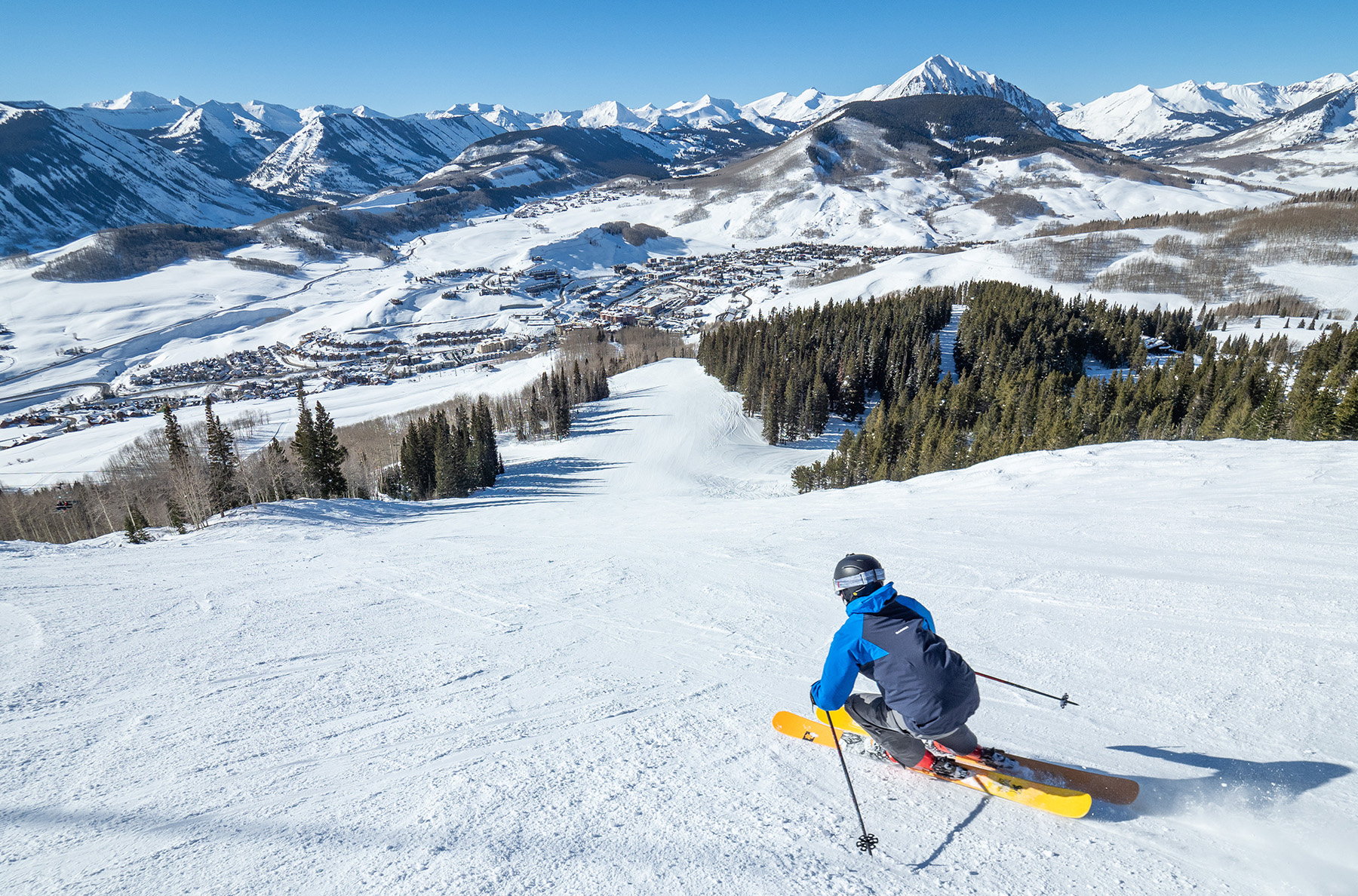
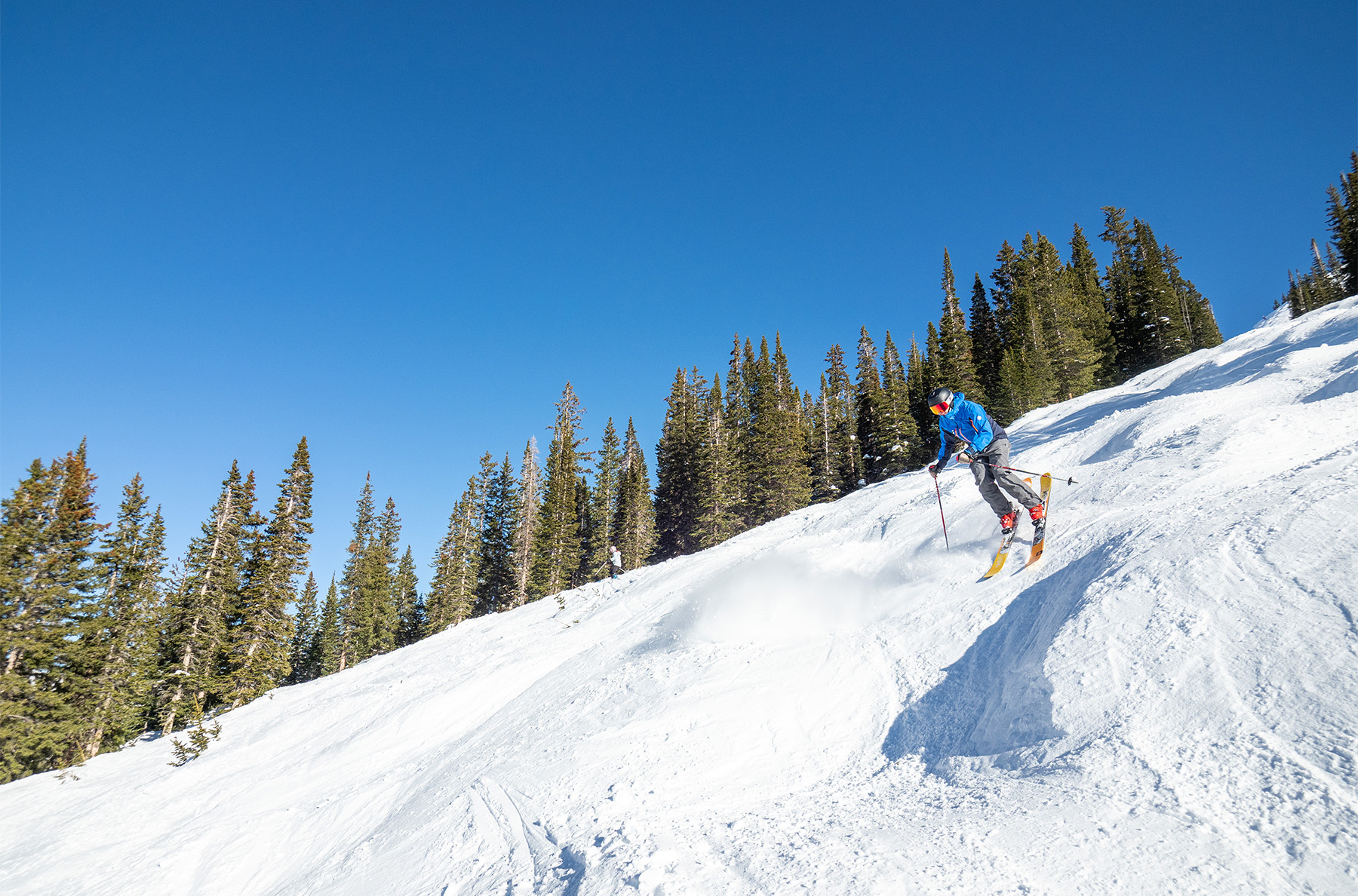
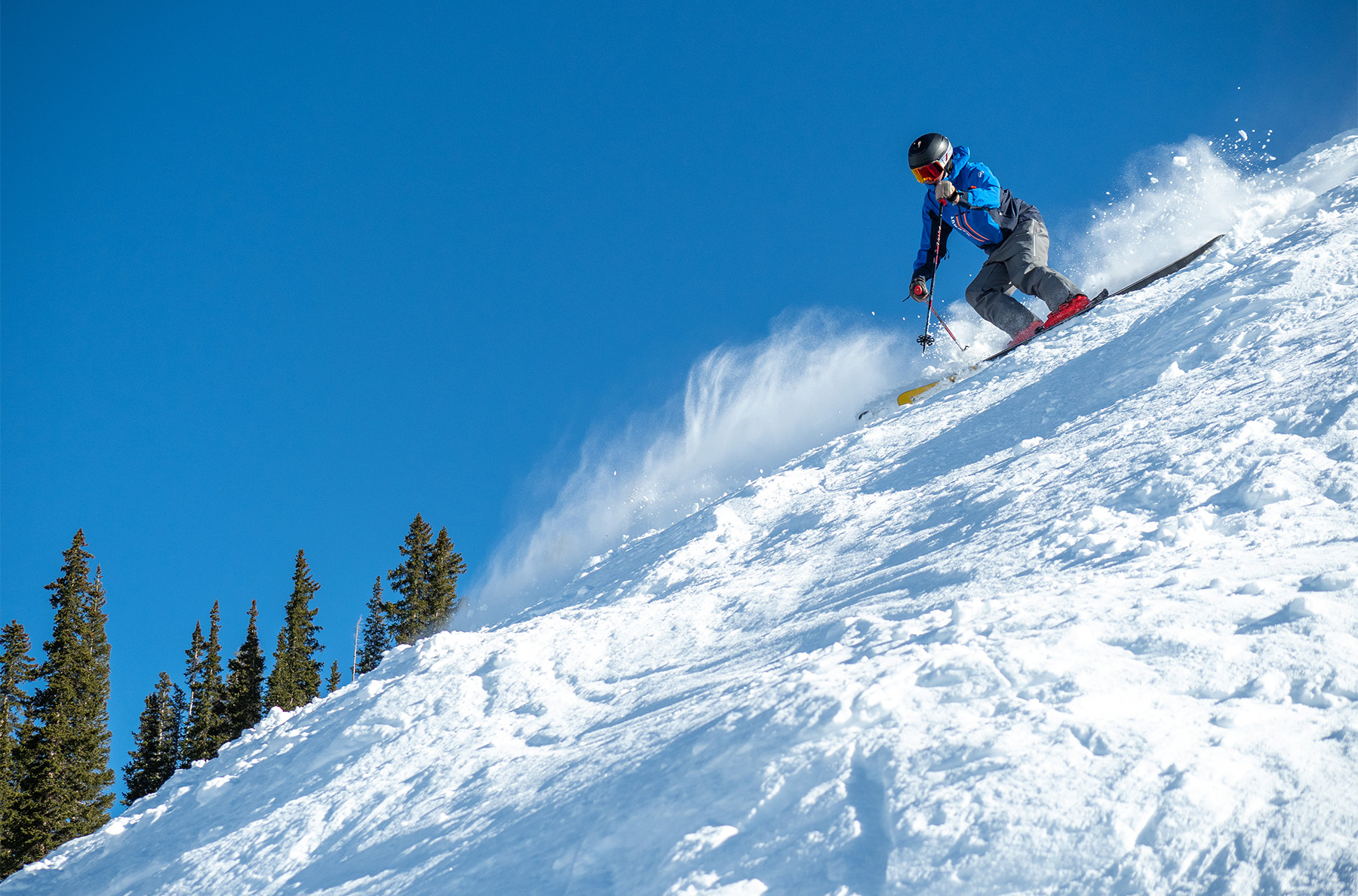
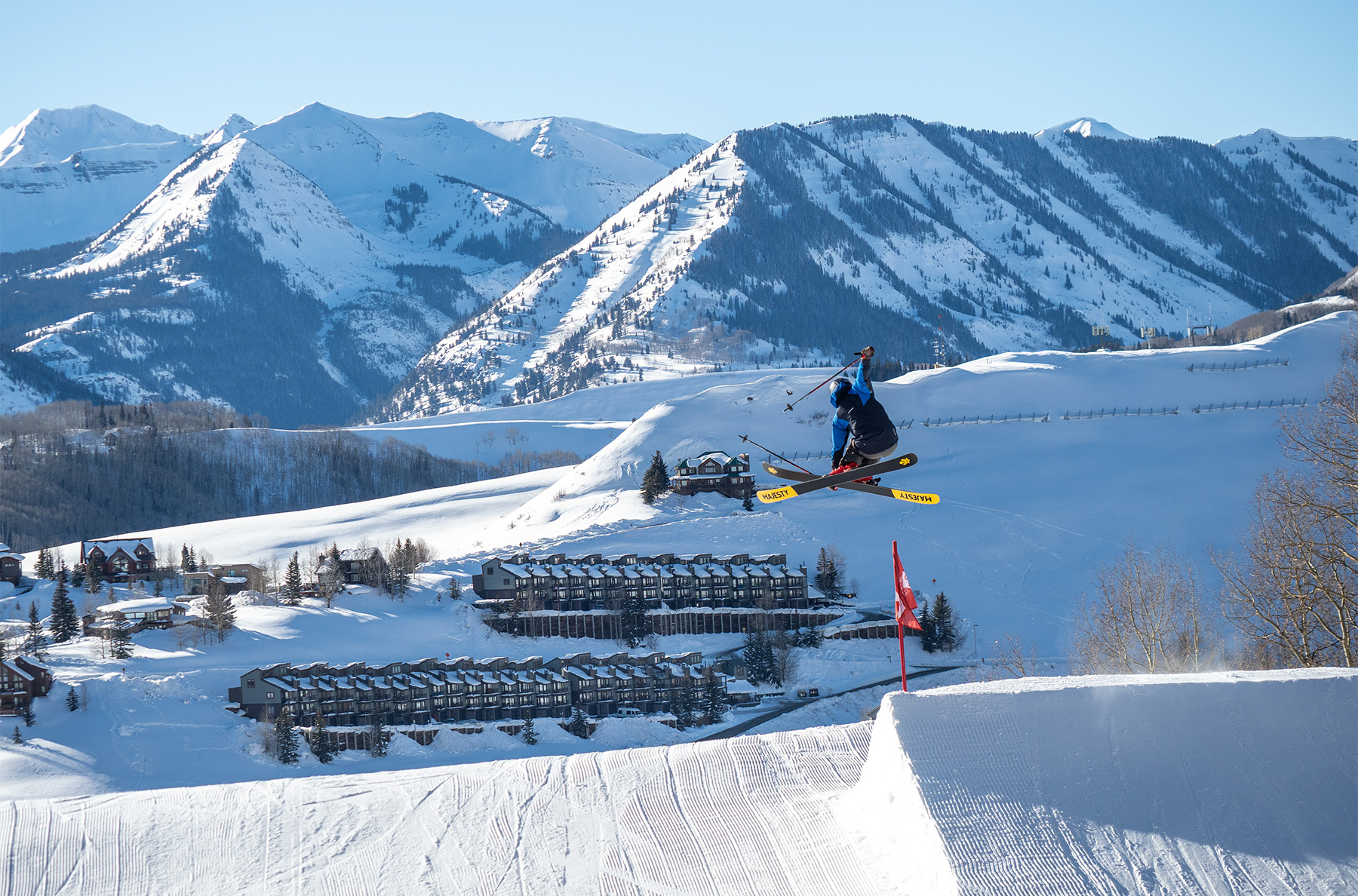
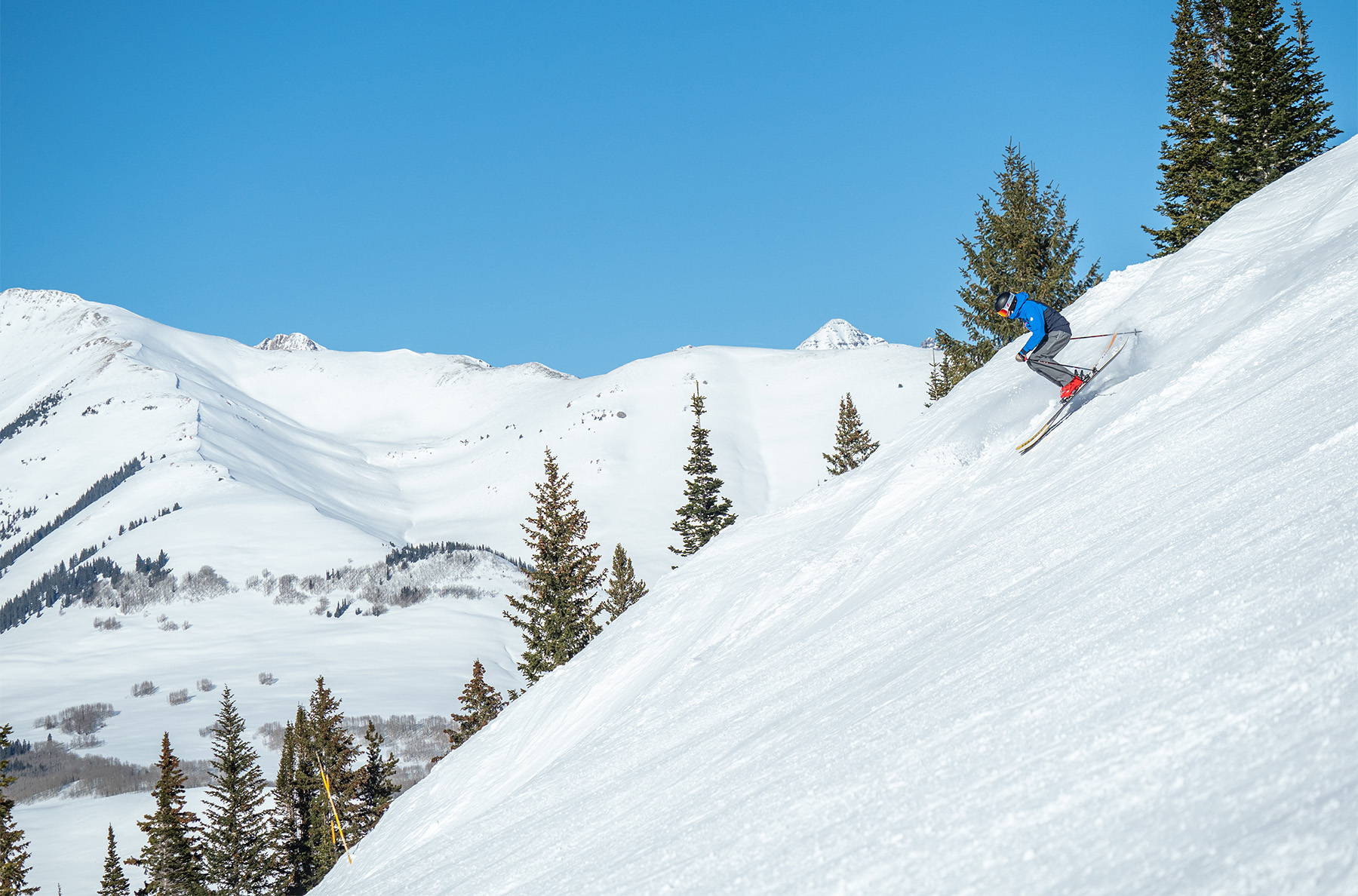
“the bigger the moguls, the more I had to focus on getting my weight off the tails to swing the ski around”
So in other words, it encourages good mogul technique? Sorry, I couldn’t resist the opportunity.
Blister should a competition mogul ski like an IDone, the Rossi Hero Mogul, or the Faction. Those aren’t very tolerant of backseat driving, either.